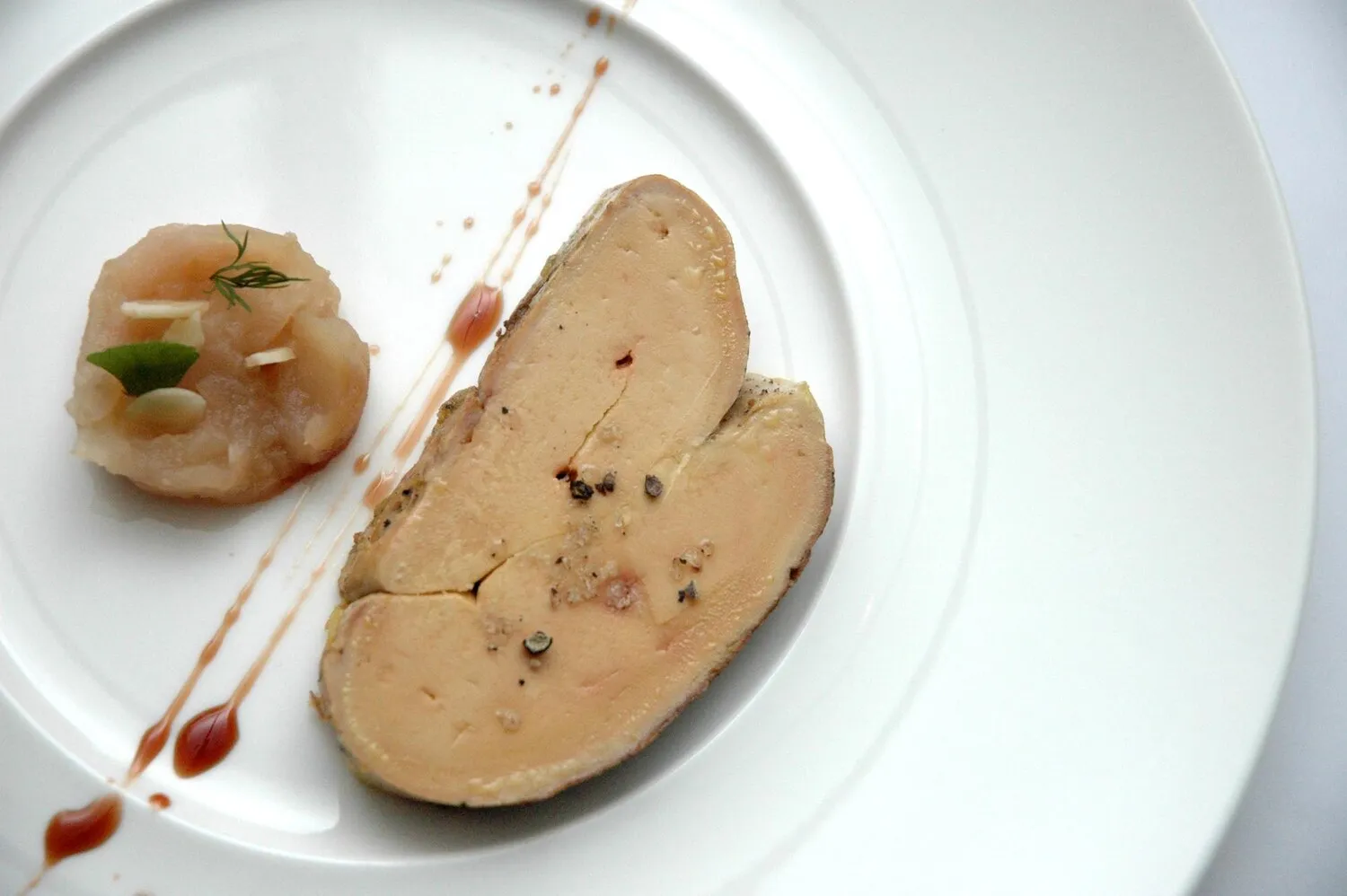
Filet de boeuf
Filet de boeuf is mentioned in reviews as a highlight of the restaurant.
Nutrition Facts
* The % Daily Value (DV) tells you how much a nutrient in a serving of food contributes to a daily diet. 2,000 calories a day is used for general nutrition advice.
Beef fillet, particularly when prepared elaborately as Filet de Boeuf Wellington or other classic preparations, evolved from a combination of French culinary techniques and a desire for refined, luxurious dining experiences, solidifying its place in haute cuisine.
Filet de boeuf is often associated with special occasions, fine dining, and celebratory meals. Its elegant presentation and rich flavor make it a symbol of culinary indulgence.
High-End Dining
Filet de boeuf is a staple on the menus of many upscale restaurants worldwide, signifying a commitment to quality and culinary expertise.
Celebratory Meals
It's a popular choice for birthdays, anniversaries, and other significant events, offering a luxurious and memorable dining experience.
Culinary Skill
Preparing filet de boeuf, especially in classic preparations, requires skill and attention to detail, showcasing the chef's expertise.
Filet de boeuf offers a delicate, buttery flavor profile that is enhanced by various cooking methods and accompanying sauces. The emphasis is often on showcasing the inherent quality of the beef.
The main flavor is that of tender, high-quality beef, offering a subtle richness. Common flavor pairings include earthy mushrooms (as in duxelles), savory herbs like thyme and rosemary, rich sauces such as béarnaise or red wine reduction, and buttery puff pastry (in dishes like Wellington). The seasoning is often simple: salt, pepper, and sometimes a touch of garlic.
Meat Selection
Choose a high-quality cut of beef tenderloin, ideally from a reputable butcher. Look for good marbling, indicating richer flavor and tenderness.
Doneness
Use a meat thermometer to ensure the filet is cooked to the desired doneness (rare, medium-rare, medium, etc.). Overcooking will result in a tough and dry filet.
Resting the Meat
Allow the cooked filet to rest for several minutes before slicing. This allows the juices to redistribute, resulting in a more tender and flavorful piece of meat.
Searing
A good sear on the outside of the filet provides a flavorful crust and enhances the overall texture of the dish. Use a hot pan and high-smoke-point oil.
Explore additional French dishes and restaurants
Explore FrenchDiscover top dining spots and culinary experiences in Colmar.
Explore ColmarLearn more about the food culture, restaurant scene, and culinary heritage of France.
Explore France
